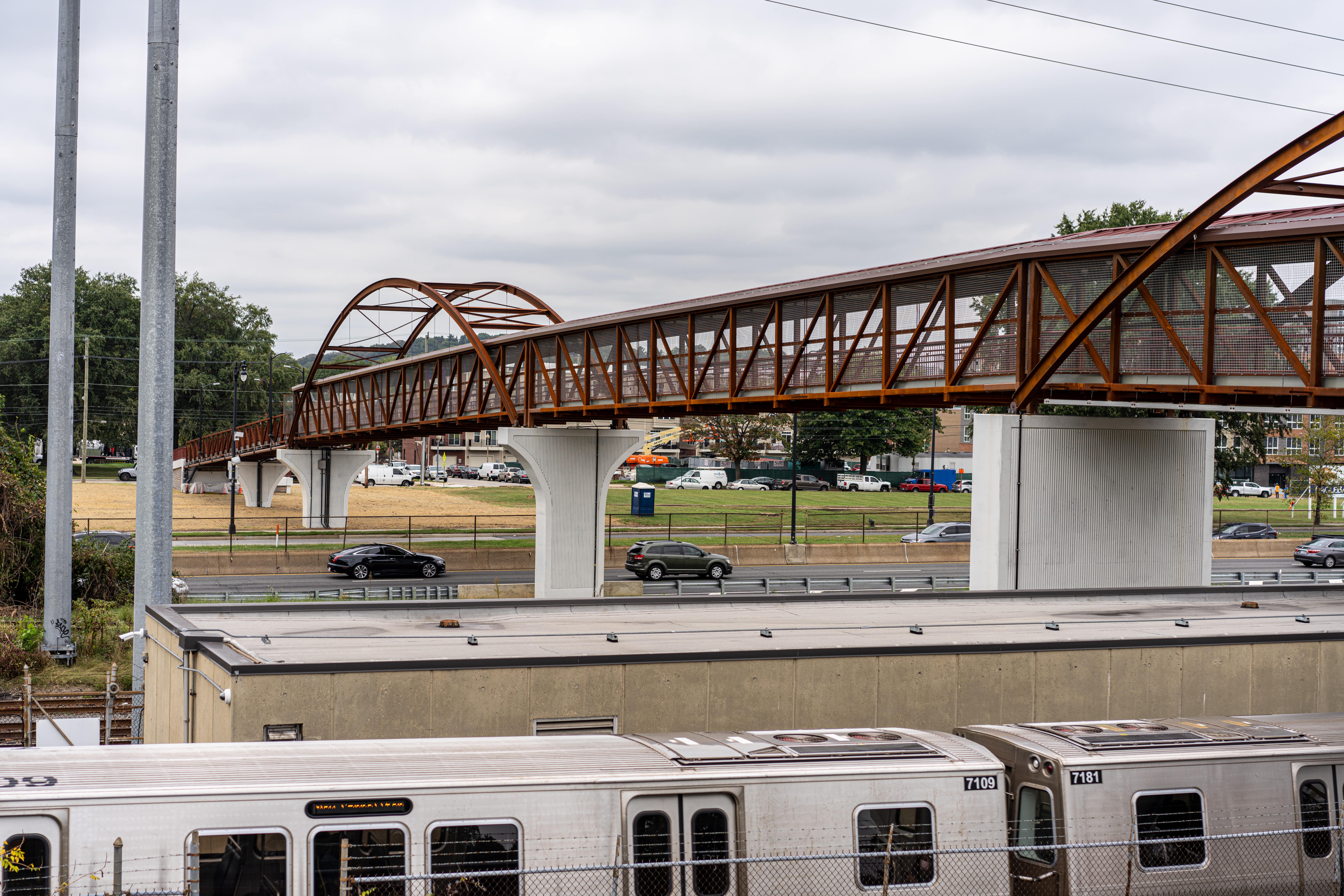As we emerge from a difficult, pandemic-ridden spring into summer’s heat, the next storms are already on the horizon — hurricane season in the Atlantic Ocean for one. From an infrastructure perspective, designers are used to prepping for 100-year events. Occasionally, I see designs developed for 500-year events. Surprisingly, I’ve even seen an infrastructure opportunity take a 2,500 year earthquake into account. The last such event occurred in B.C. (before Christ).
With populations continuing to grow along the continental coasts, severe weather has become a topic that has builders looking for solutions that can handle today’s challenges. Why? Because extreme weather events are happening more frequently. According to Scientific American, large fires are five times more common and fire season lasts three months longer than 40 years ago. Intense rainstorms have increased by up to 70 percent in the last five decades and Houston has seen more than one 350-year-flood. Heat waves, tornadoes and hurricanes are also increasing in frequency and severity. Design considerations that address these events are prudent but civil engineers and builders want cost-effective, long term solutions. This is where fiber reinforced polymer composites is emerging as an robust alternative to conventional materials.FRP’s attributes make this material a good choice for infrastructure when it comes to withstanding severe weather events:
- Corrosion Resistance
- Durability
- Engineered Properties
- High Strength
These characteristics add up to resilient infrastructure. FRP utility poles are a good example of the material’s resiliency. Engineered for high strength and low stiffness, these poles bend, but do not break. In the Virgin Islands, Hurricane Maria destroyed every utility pole that wasn’t made from composites. The successful “field test” prompted the Virgin Islands to rebuild their electric grid with composite structures to prevent future problems and avert future costs.
Aside from new structural applications, FRP offers solutions for repairing traditional materials so that those structures can withstand future severe weather and damage caused in recent events. Take a bridge for example. Carbon fiber wraps are externally bonded to decaying or damaged structures, restoring the strength of the bridge to its original level or increasing capacity for new requirements. Composites were used to rehabilitate the dock of the Statue of Liberty and repair and protect New York’s Long Beach Boardwalk after Superstorm Sandy. Recognition of FRP’s role in this arena led to the material’s inclusion in a testimony given before the House Committee on Science Space and Technology.
In next week’s blog, we will discuss the benefit of using FRP to repair flooded tunnels and avert catastrophic impact to a city’s economy and neighborhood stability.
